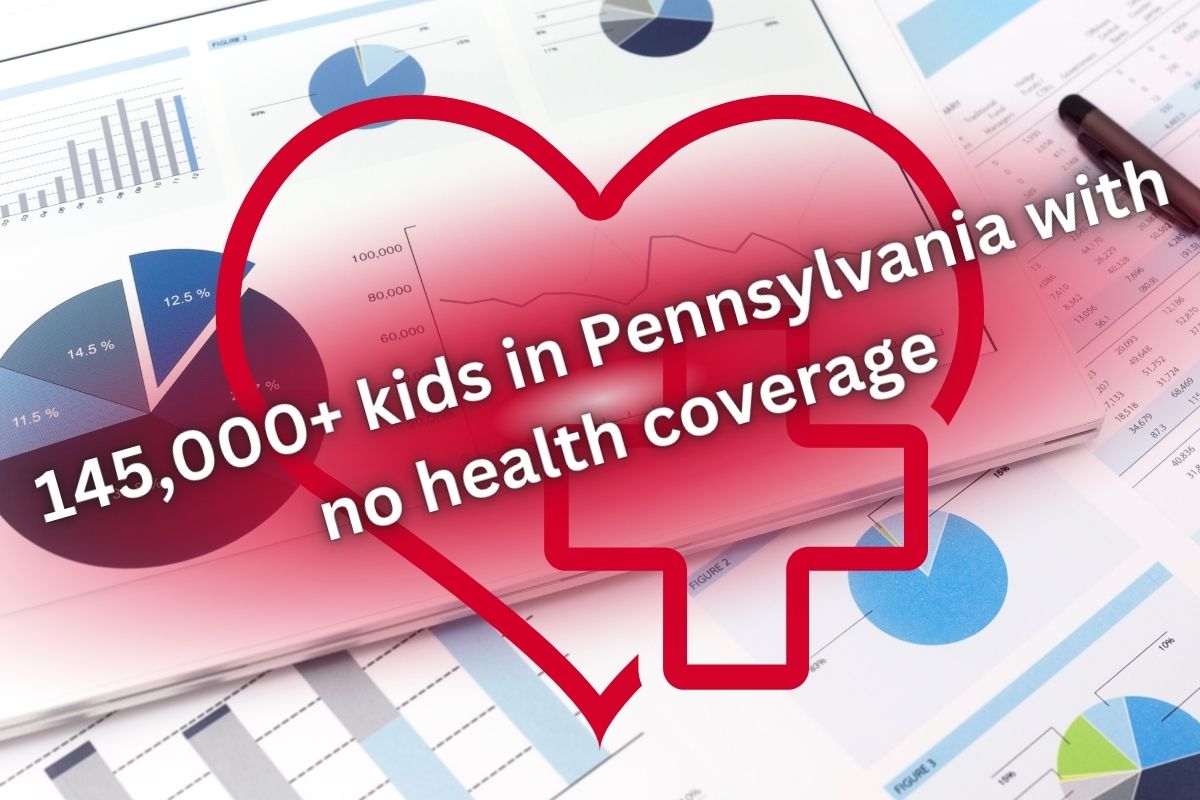From 2021 to 2022, the uninsured rate among children in the state saw a sharp spike.
Pennsylvania is among only three states in the country in which the percentage of children without health insurance rose from 2021 to 2022.
The data was released by the Pennsylvania Partnerships for Children in a report on the subject.
The data doesn’t appear all that worrying at first glance. The increase in kids without health insurance rose by 4.4 percent in 2021 and by 5.2 percent in 2022. That said, that small shift in percentage represented another 19,000 kids across the state who are uninsured. The report found that there were over 145,000 kids in Pennsylvania who were without coverage.

According to the Pennsylvania Partnerships for Children vice president of public policy Becky Ludwick, determining just why the increase occurred wasn’t an easy process.
“It took us off guard, to be quite honest,” said Ludwick. “We did see that the private insurance for children did decrease. So that could potentially provide part of the explanation or be a factor.”
A lack of health insurance in children can mean that serious medical and developmental issues go untreated.
When families and kids don’t have coverage, serious developmental and medical issues can remain undiagnosed or go untreated because the cost of care is unaffordable for the family. Pediatricians regularly spot early signs of potential issues and recommend interventions such as food assistance, vision care, and physical therapy, which can all help to ensure that an issue is managed before it can become serious.
“You can imagine that if that doesn’t happen, that it really can have long term negative impacts both on educational and health outcomes,” said University of Pittsburg School of Public Health’s Marian Jarlenski.
Research has also determined that there is a higher mortality rate in kids without health insurance, and that those children are at an increased risk of preventable hospitalization.
Some are now predicting that the percentage of uninsured kids in the state will increase again in 2024. Next year represents the first time since the start of the pandemic that families are required to re-enroll in Medicaid if they qualify.

